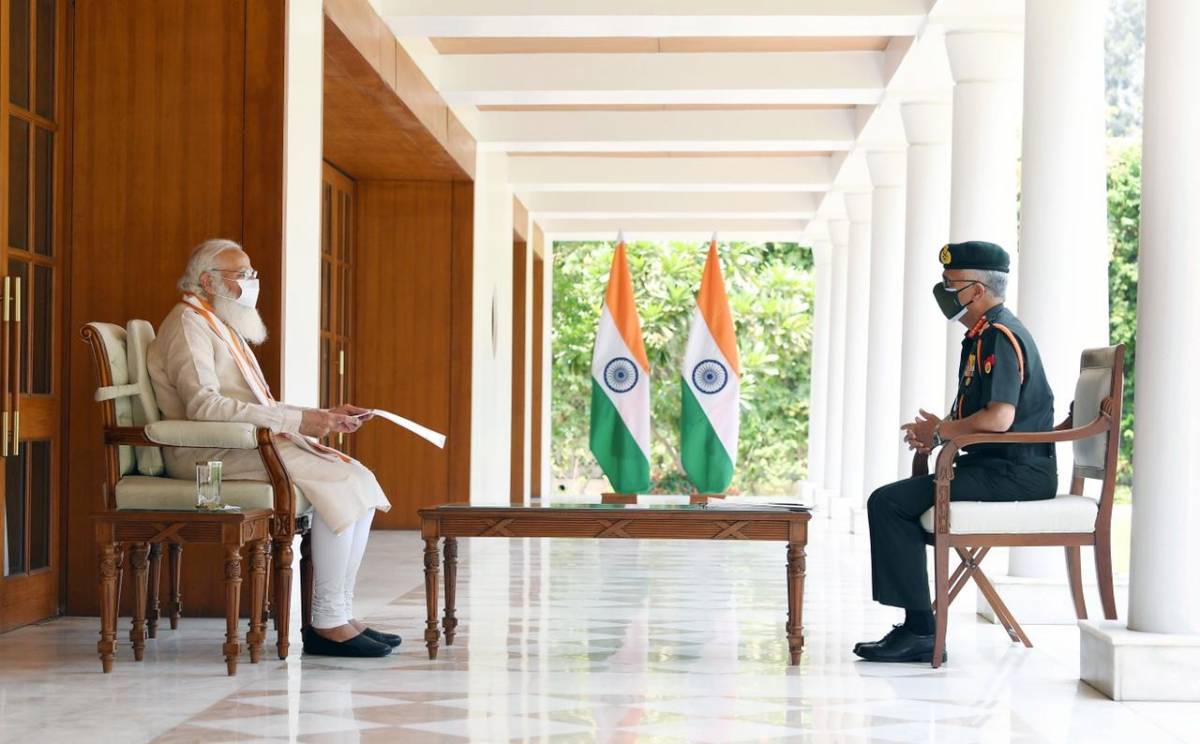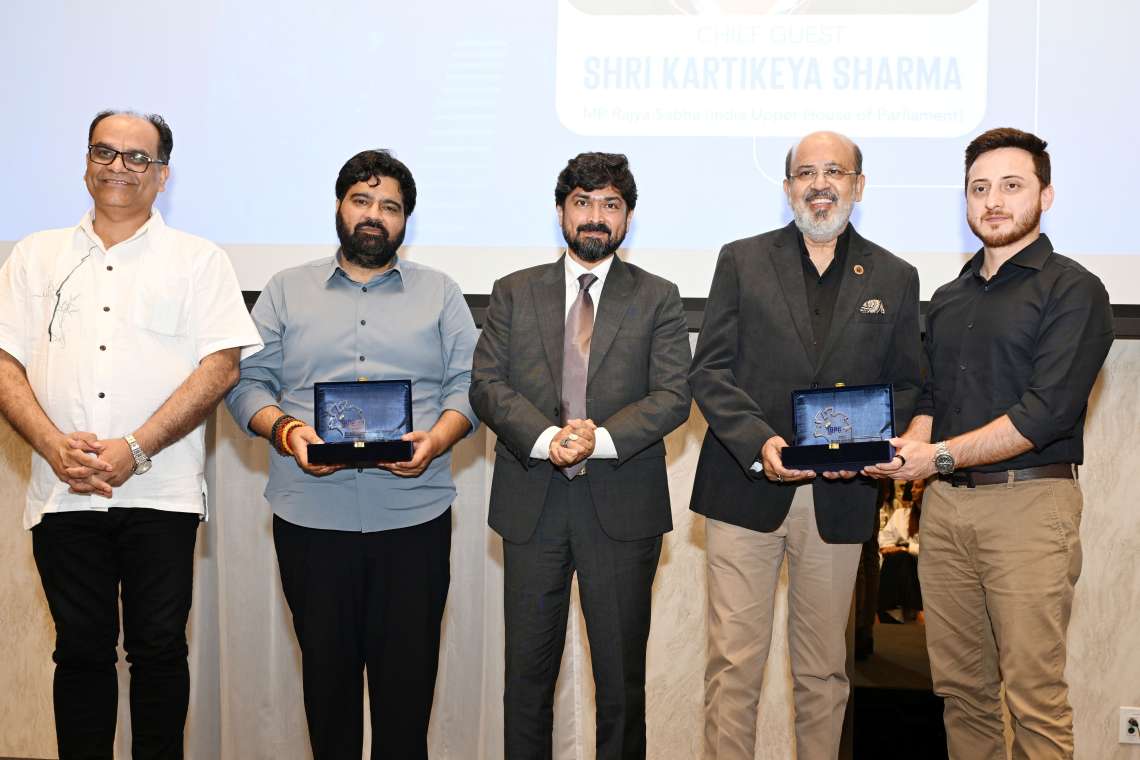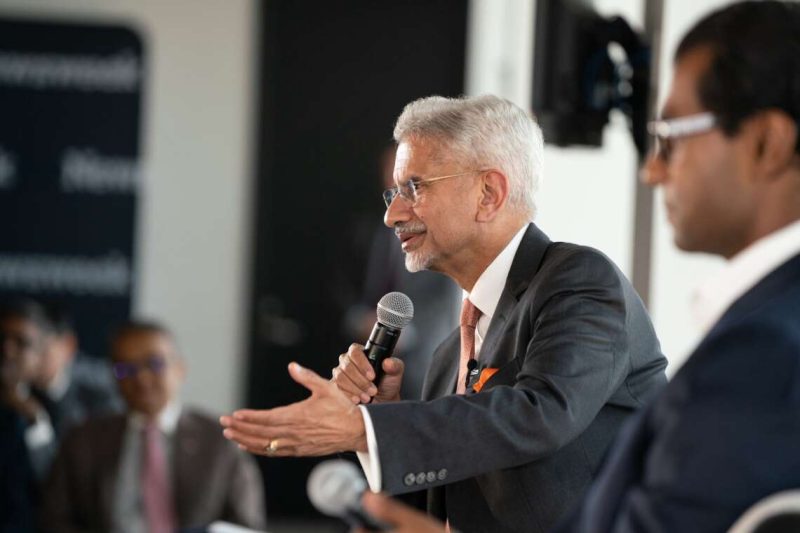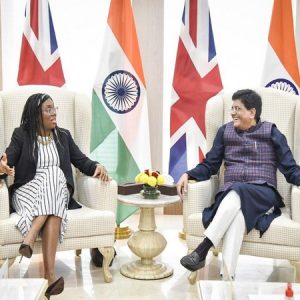Any Indian strategy must counter the Chinese philosophy which seeks to avoid military confrontation, writes Major General (Retd) Harsha Kakar
The Galwan incident, the turning point in Indo-China relations, occurred just over a year ago. There was loss of lives on both sides, with India accepting 20 casualties.
Disengagement and de-escalation on both banks of the Pangong Tso was successfully completed in February, this year.
Since then there have been a couple of rounds of talks, none of which have yielded any result. While India pushes for disengagement to be followed by de-escalation, the Chinese demands are the opposite.
China bases its demands on agreements signed between 1993-2003 which limit forces of both nations in the region, while India accuses China of dis-honou ring these agreements. Evidently, China is stalling. For China, accepting the status quo is defeat and hence will drag deliberations.
For India, status quo is victory, which China will attempt to deny. As part of its salami slicing strategy, China hopes to convert its current deployment into permanency, which India refuses to accept.
Simultaneously, there are reports of China developing infrastructure close to the LAC, rotating troops and also conducting exercises in depth areas. None of these are alarming, except projecting China’s intent on not rushing for restoration of the status quo.
India maintains its force levels, monitors Chinese activities and is prepared for any Chinese misadventures.
In its latest missive, China suggested that future talks could be at the Major General-level for local disengagement. India has yet to respond.

China exploited, apart from the pandemic, its superiority in military capabilities, economic and technological power, when it transgressed in Ladakh. It sought to convey that it had suppressed the only Asian power, capable of challenging it, achieved its claim lines and arrived on the global stage.
Success in Ladakh would have pushed nations, with whom China has differences in the South China Sea (SCS), on the defensive. China expected to surprise India and achieve its targets in Ladakh without firing a bullet and before India reacted.
However, Indian response including determination to deny the Chinese their goals, came as a shocker. Galwan was not even in Chinese contingency plans. China was compelled to accept disengagement and de-escalation in the Pangong Tso region, mainly because of the tactical advantage gained by India by occupying the Kailash Ridge.
The Indian hierarchy has repeatedly stated that nothing short of restoration of the status quo is acceptable, while the Chinese have defended their actions as ‘guarding the border and securing the motherland.’ Thus, India blames China, while China places the onus on India.
India has imposed economic measures and reduced diplomatic contacts, conveying that border concerns are central to normalcy in relations. On the contrary, China states that border issues must not be linked to diplomatic and economic engagements.
As long as gap in comprehensive national power between the two nations remains huge, India should be prepared for similar Chinese offensive attempts.

China, in its offensive actions, either along its land borders or in the SCS, has kept its forays below levels of open conflict, aiming to grab what it can without escalation. It changes the status quo, refuses to pull back, aiming to convert this change into permanency.
China retreats when it finds its advantage has been compromised by strong adversarial actions and the opposition is prepared to escalate.
China seeks to avoid military confrontation. Any Indian strategy must counter this Chinese philosophy and be implementable for the long-term.
ALSO READ: Indian Army welcomes Nepali women
As a start point, Indian leadership must stop announcing that no territory has been lost. The reality is that Chinese intruded within the two nations’ claim lines; however, unless we call this intruded area as Indian territory, it is China which has the advantage.
At the military level, while India insists on disengagement and de-escalation, it must send a message across that its instructions to the army, post Galwan, on opening fire, in case of any future clash, remains in force, implying that India is prepared to escalate in case China repeats its misadventures.
With reoriented offensive forces towards its Northern and Eastern borders, India must put in place firm plans for quid pro quo actions for the future. Objectives should be spread across the front and exploited at the first opportunity provided by China.
Blocking the Chinese on the ground is imperative, in case India desires to offset Chinese intent. In the mid to long term, India must seek to close the military capability gap by procuring technologies which it currently lacks.

Economically, Indian actions on stopping Chinese investments and participation in Indian infrastructure projects, including 5G, must remain in force. This may not impact China financially but will hurt its ego. Simultaneously, we need to support global initiatives of restricting Chinese telecom companies.
The government also needs to consider diversifying its supply chains in conjunction with its QUAD partners. Simultaneously, we need to develop an economic strategy to enhance economic growth over the next two decades, intending to reduce the gap with China.
While we move forward cautiously on the economic front, we need to enhance diplomatic engagement with like-minded nations and ensure we remain with coalitions working jointly to deter China. The QUAD and the EU have recognized China as a major challenge in the years ahead. India must enhance its engagement with these groups.

It is global economic and military pressure which can push China to pull back from its offensive manoeuvres. India must back the G7 led, ‘Build Back Better World (B3W) Partnership,’ initiative to counter the Chinese BRI.
Galwan changed the Indian government’s narrative of dealing with China. It has taken its first steps, now it needs to be firmer in approach. India must refuse to change its goalposts on the LAC, as also its belief that tranquillity on the LAC is prerequisite to normalcy in bilateral ties.
Within the armed forces, the reorientation of forces to the North and East from the West displays Indian offensive intent. Finally, India must consider China as an adversary we seek to challenge, not one we seek to placate. (INN)
(The writer, who retired from the Indian Army as a Major General, is an expert in strategic and security affairs; views expressed are his own)













